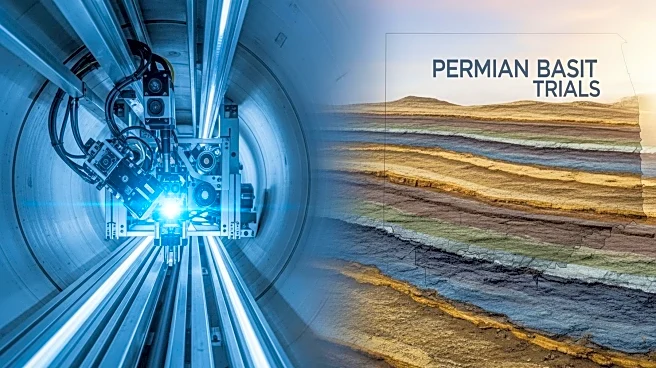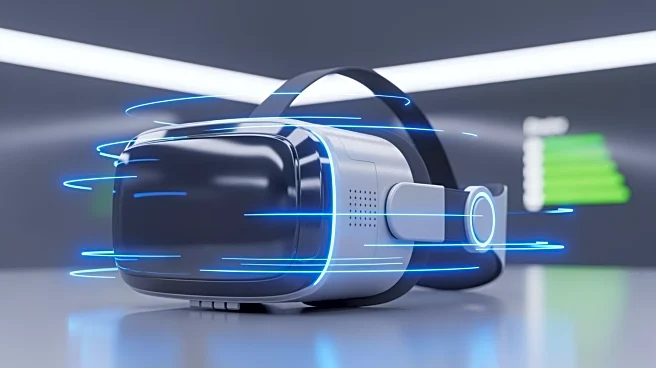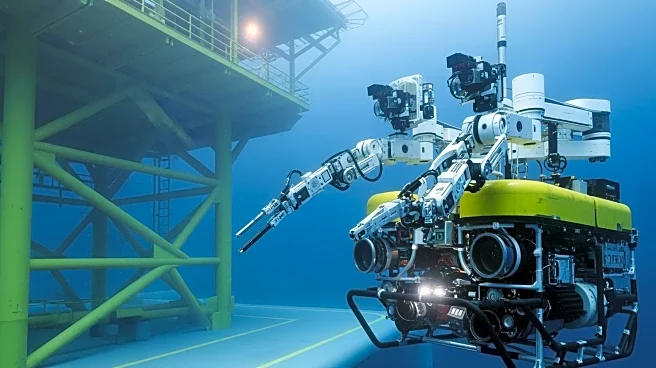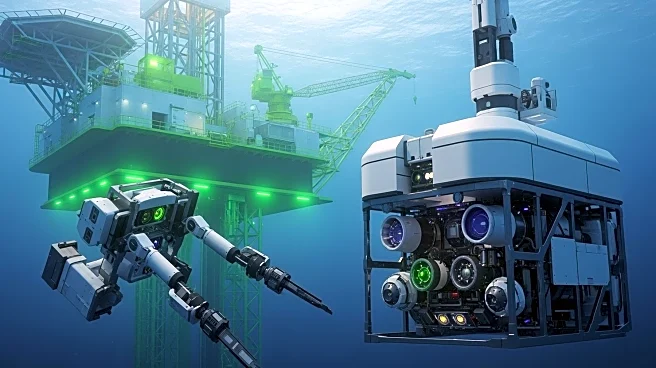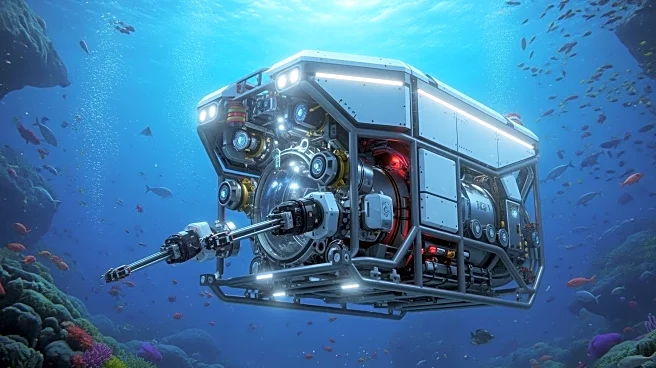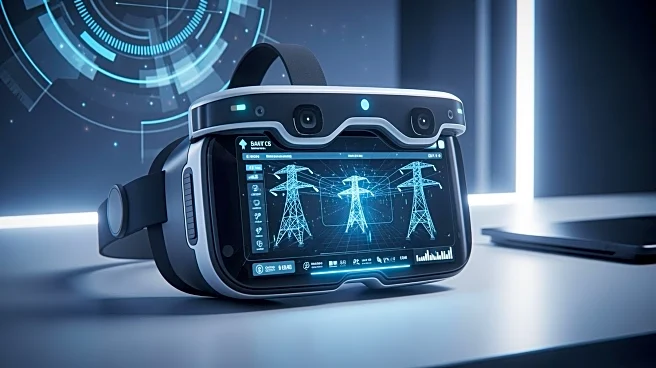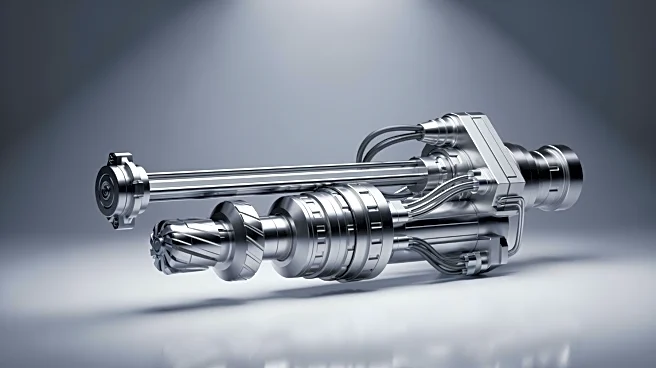What's Happening?
WellSense has successfully completed a field trial of its FiberLine Intervention Conveyance System (FliCS) in the Permian Basin. This innovative technology, which is the first jet-propelled, battery-powered well conveyance system, was tested in a 19,000-ft
uncompleted horizontal well. The trial demonstrated the system's ability to deploy fiber rapidly, achieving deployment in just 50 minutes, significantly faster than traditional methods. The technology, developed at WellSense's Aberdeen R&D hub, offers a cost-effective and low-risk solution for well surveillance, enhancing data acquisition and treatment performance.
Why It's Important?
The successful trial of WellSense's FliCS technology represents a significant advancement in well diagnostics and surveillance. By enabling rapid and efficient fiber deployment, the technology offers substantial benefits to well operators, including improved fluid placement understanding and enhanced treatment performance. This innovation could lead to reduced operational costs and environmental impact, supporting the industry's shift towards more sustainable practices. The commitment from a major operator to use the technology in additional projects highlights its potential impact on the oil and gas sector, particularly in optimizing well operations and reducing carbon footprint.
What's Next?
Following the successful trial, WellSense plans to showcase the technology at ADIPEC 2025, with a commercial launch anticipated in early 2026. The company aims to introduce a slimmer version of the system for smaller-diameter tubing applications, expanding its usability across different well types. The continued adoption of FliCS by industry operators could drive further innovation in well surveillance technologies, potentially influencing industry standards and practices.
